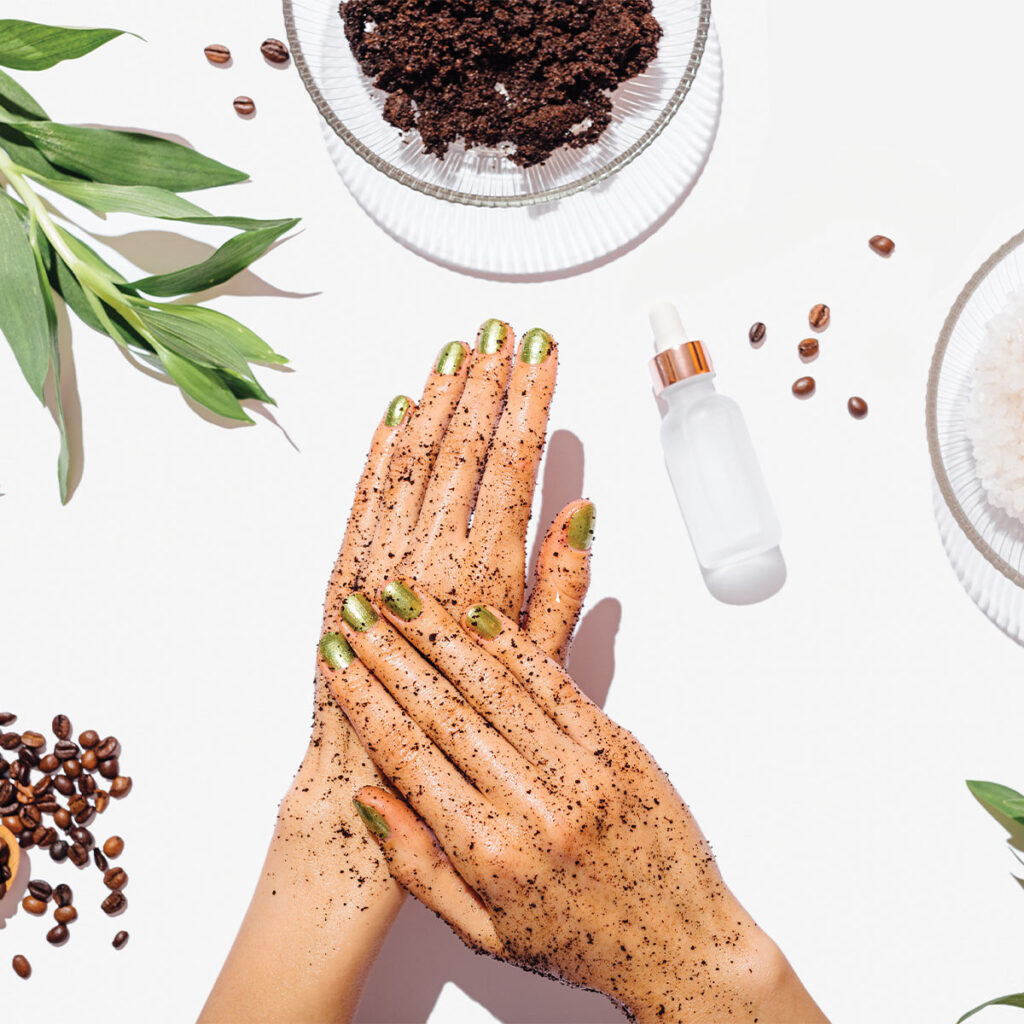Top Tips to Achieve Smoother, More Radiant Skin
Exfoliation is kind of like flossing when it comes to your skincare routine – you either skip out on it completely, or you just don’t do it as often as you should. Yet expert exfoliators will tell you that this step is crucial to improving the appearance of your skin. Not only does it remove dead cells from your skin’s outer layer, exfoliation also stimulates blood flow, increases cell turnover, minimizes breakouts, and helps your skincare products penetrate deeper, allowing nourishing ingredients from your moisturizers and serums to work more effectively.
There are two approaches to exfoliation at home: mechanical and chemical. Mechanical exfoliation incorporates a scrub or scrubbing tool, such as a sponge or brush, to slough away dead skin cells, while chemical exfoliation uses alpha or beta hydroxy acids to dissolve dead skin cells. No matter which route you choose, you’ll want to use the following tips to maximize the benefits of exfoliation.
1. Consider your skin type.
Those who have dry or sensitive skin will do better with a mild form of exfoliation – think mild chemical exfoliators and a washcloth – while oily, thicker skin types can typically tolerate a physical exfoliator or stronger chemical exfoliators.
2. Be gentle.

Your first priority when exfoliating is being kind to your skin. For scrubs or chemical exfoliators, apply the product to your skin using small, circular motions for approximately 30 seconds, then follow with a rinse with lukewarm – never hot – water. If you’re exfoliating with a sponge or brush, short, light strokes work best. Note that you should take a rain check on exfoliation if you’re dealing with a sunburn, wound, or open cut on your skin.
3. Moisturize afterward.
Exfoliation can dry out your skin, but applying your favorite moisturizer immediately after a treatment can keep your skin feeling healthy and hydrated.
4. Find your exfoliation sweet spot.
Depending on how you choose to exfoliate, be aware that a little goes a long way. In fact, over-exfoliation could irritate your skin and cause redness. For most skin types, one to two times a week is ideal, though those with oily skin can handle exfoliation more often – even daily. It’s always worth consulting with your dermatologist to get a recommendation specific to your skin type!




